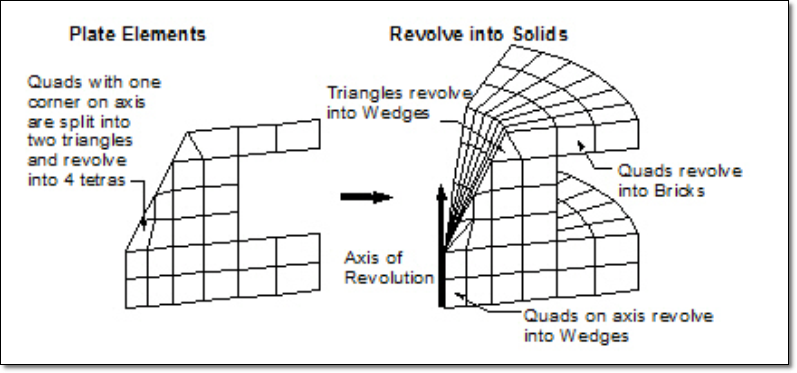sushi75
New member
- Mar 11, 2015
- 84
Morning All!
I'm currently trying to build a model with Femap, and I'm struggling a lot, I've spent hours and hours to get something but I'm still at square one :-((
I've got a tank model, so the profile has an parabolic shape. At the moment it is made of shell elements, and what I want to do is to create a thicken part on the top which will then be meshed with solid elements.
So from the profile, I want to thicken the part in a tapered way. Then I can mesh and rotate the elements to complete the job.
But I cannot find a way to do that!! I cannot simply offset the profile as the thicken part should be tapered. It's all about creating a surface at the end but I cannot find a way forward.
I've included a screenshot of the original profile made of shell, so you can have a better idea.
There are a lot of femap experts here, so I hope someone can bring me some clarifications or bright idea!!
Any help will be much appreciated.
In advance, thanks a lot!
Cheers,
T
I'm currently trying to build a model with Femap, and I'm struggling a lot, I've spent hours and hours to get something but I'm still at square one :-((
I've got a tank model, so the profile has an parabolic shape. At the moment it is made of shell elements, and what I want to do is to create a thicken part on the top which will then be meshed with solid elements.
So from the profile, I want to thicken the part in a tapered way. Then I can mesh and rotate the elements to complete the job.
But I cannot find a way to do that!! I cannot simply offset the profile as the thicken part should be tapered. It's all about creating a surface at the end but I cannot find a way forward.
I've included a screenshot of the original profile made of shell, so you can have a better idea.
There are a lot of femap experts here, so I hope someone can bring me some clarifications or bright idea!!
Any help will be much appreciated.
In advance, thanks a lot!
Cheers,
T

